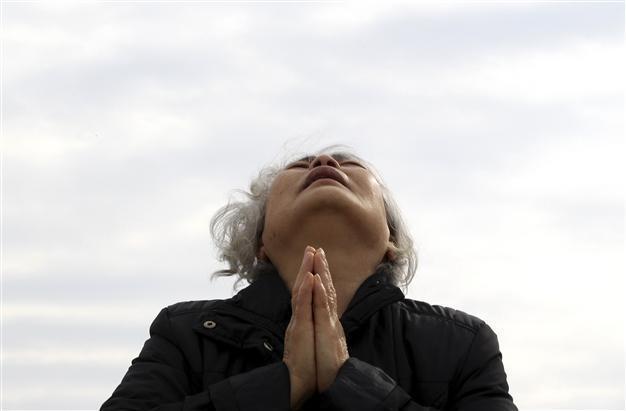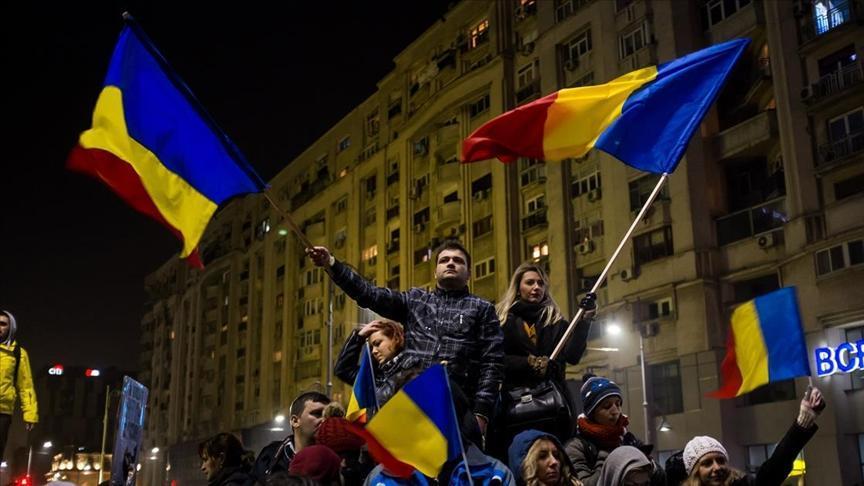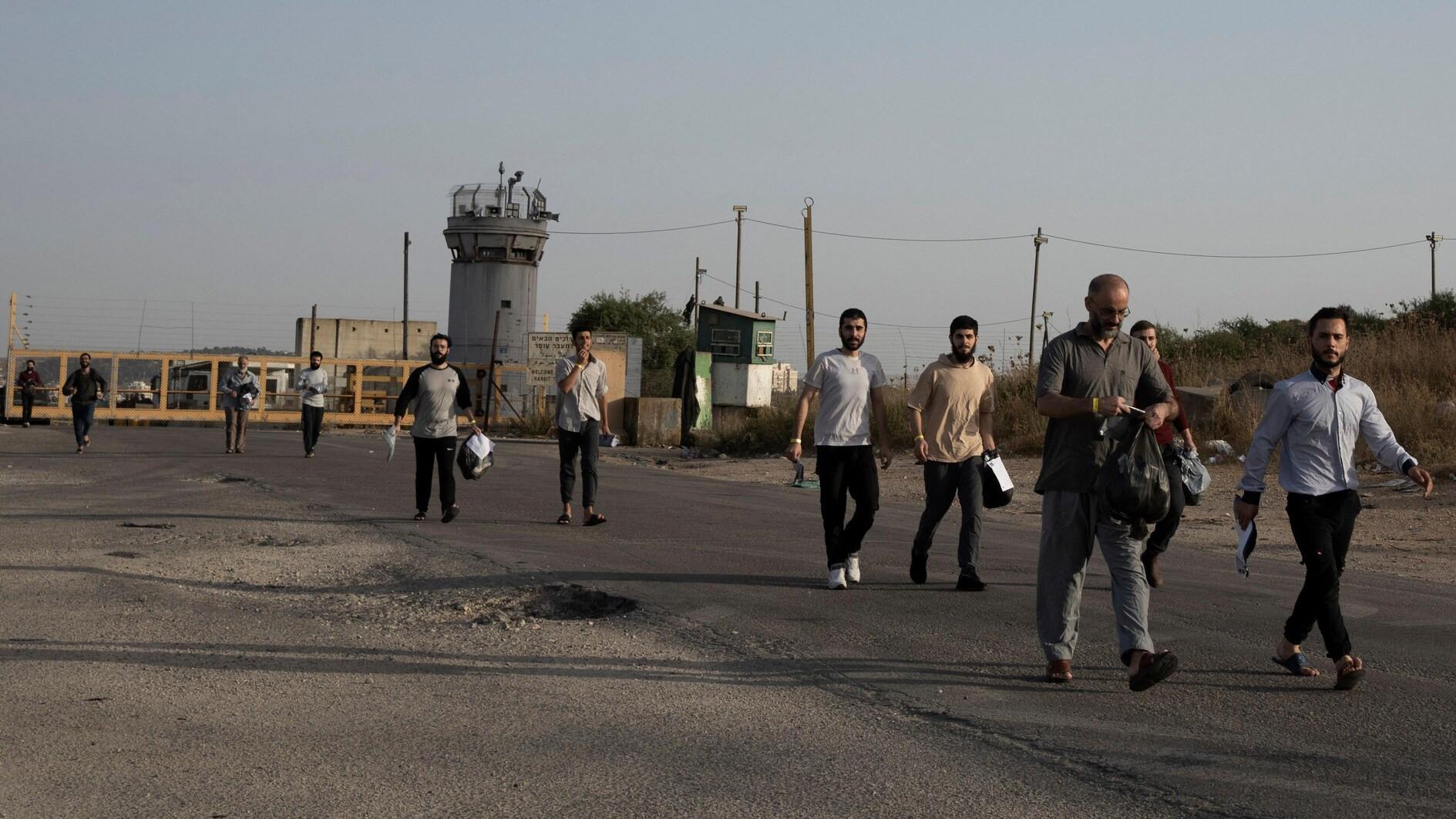Confirmed death toll in South Korea ferry disaster crosses 100
JINDO - Agence France-Presse

A weeping relative of a passenger aboard the sunken Sewol ferry prays as she awaits news on her missing loved one at a port in Jindo, April 22. AP Photo
The confirmed death toll from South Korea's ferry disaster crossed 100 April 22, as dive teams, under growing pressure from bereaved relatives, accelerated the grim task of recovering hundreds more bodies from the submerged vessel.Improved weather conditions and calm seas spurred their efforts, but underwater visibility was still very poor, requiring divers to grope their way blindly though the corridors and cabins of the ferry that capsized and sank last Wednesday.
Nearly one week into the rescue and recovery effort of one of South Korea's worst peacetime disasters, close to 200 of the 476 people who were aboard the 6,825-tonne Sewol - most of them schoolchildren - are still unaccounted for.
The official toll provided by the coastguard Tuesday morning stood at 104, with 198 still missing. The distraught victims' families gathered in the morning at the harbour of Jindo island - not far from the disaster site - awaiting the increasingly frequent arrival of boats bearing the most recently recovered bodies.
In the initial days after the Sewol went down, the relatives' anger was focused on the pace of the rescue effort. With all hope of finding any survivors essentially extinguished, this has turned to growing impatience with the effort to locate and retrieve the bodies of those trapped.
"I just want my son back," said the father of one missing student. "I need to be able to hold him and say goodbye. I can't bear the idea of him in that cold, dark place."
The disaster has profoundly shocked South Korea, a proudly modernised nation that thought it had left behind large-scale accidents of this type.
Grief and anger
The sense of national grief has been underwritten by an equally deep but largely unfocused anger that has been vented towards pretty much anyone in authority.
Coastguard officials have been slapped and punched, senior politicians - including the prime minister -- pushed and heckled, and rescue teams criticised for their slow response.
If there is a chief hate figure, it is the ferry's captain, Lee Joon-Seok, who was arrested at the weekend and charged with criminal negligence and abandoning his passengers.
Six members of his crew are also under arrest. On April 21, President Park Geun-Hye, who faced a hostile crowd when she met relatives on Jindo last week, described the actions of Lee and his crew as being "tantamount to murder."
A coastguard official said the 23 bodies recovered from the ferry overnight had mostly been found in a lounge on the third deck and cabins on the fourth deck.
The large death toll has partly been attributed to the captain's instruction for passengers to stay where they were for around 40 minutes after the ferry ran into trouble.
By the time the evacuation order came, the ship was listing sharply to one side, making escape very difficult. A transcript released April 20 of the crew's final communications with marine transport control illustrated the sense of panic and confusion on the bridge before the ferry sank.
Lee has insisted he acted in the passengers' best interest, delaying the order to abandon ship because he feared people would be swept away and drowned.
"The weather is better, but it's still very difficult for the divers who are essentially fumbling for bodies in the silted water," a coastguard official told reporters.
A priority for Tuesday was to access the ferry's main dining hall. "We believe there are many bodies there as the accident took place in the morning when students must have been eating breakfast," the official said.
Of the 476 people on board the Sewol, 352 were students from the Danwon High School in Ansan city just south of Seoul, who were on an organised trip to the holiday island of Jeju.
Giant floating cranes have been at the disaster site off the southern coast for days, but many relatives remain opposed to raising the ferry before all the bodies have been removed.
The United States said it was sending a salvage ship, the USNS Safeguard, to help if required. Ahead of President Barack Obama's visit to Seoul later this week, a U.S. official said showing support to ally South Korea in a "very heartbreaking situation" would form "a big part of his trip."
















